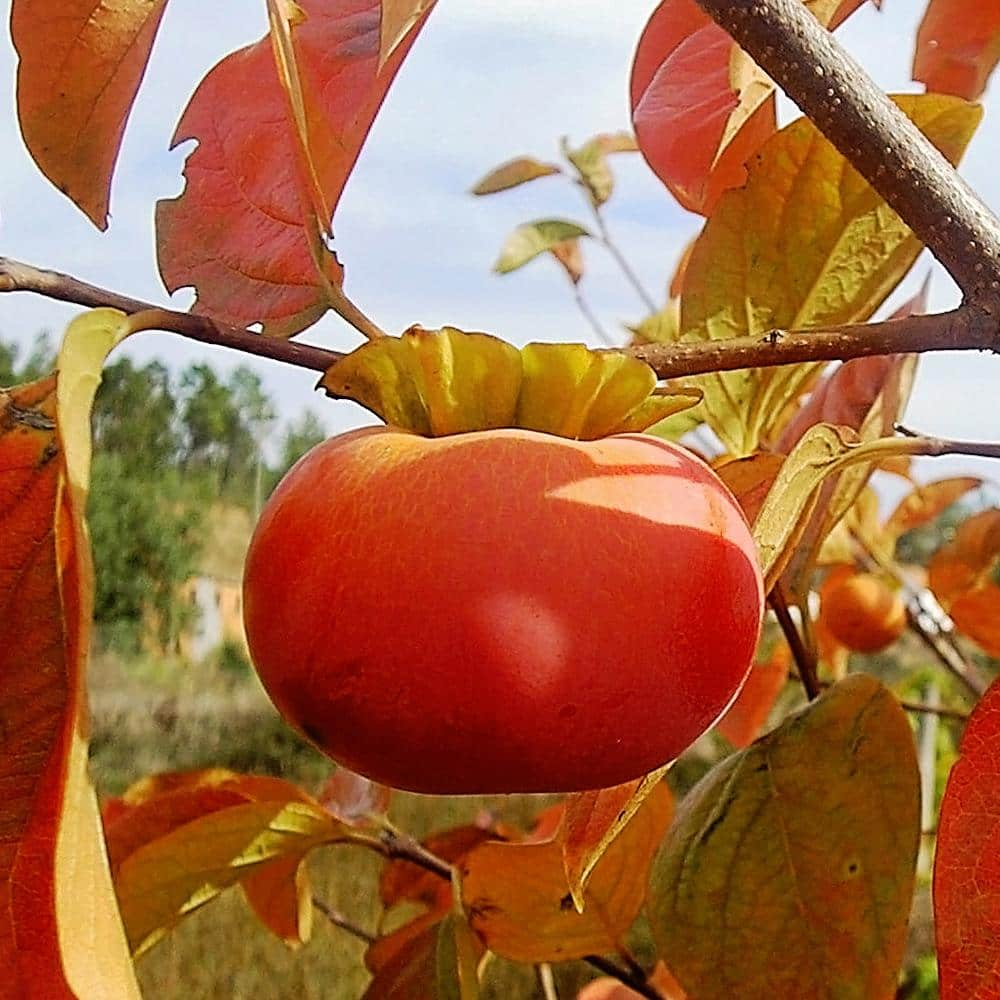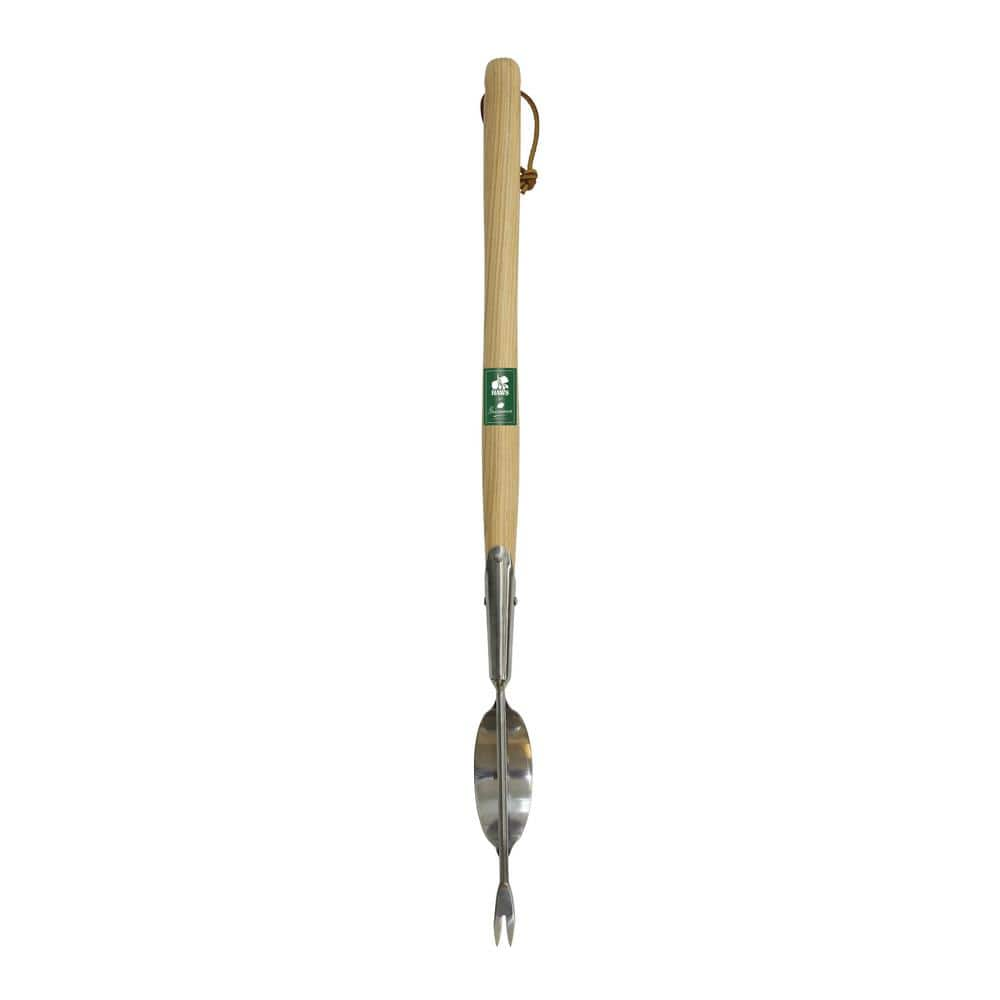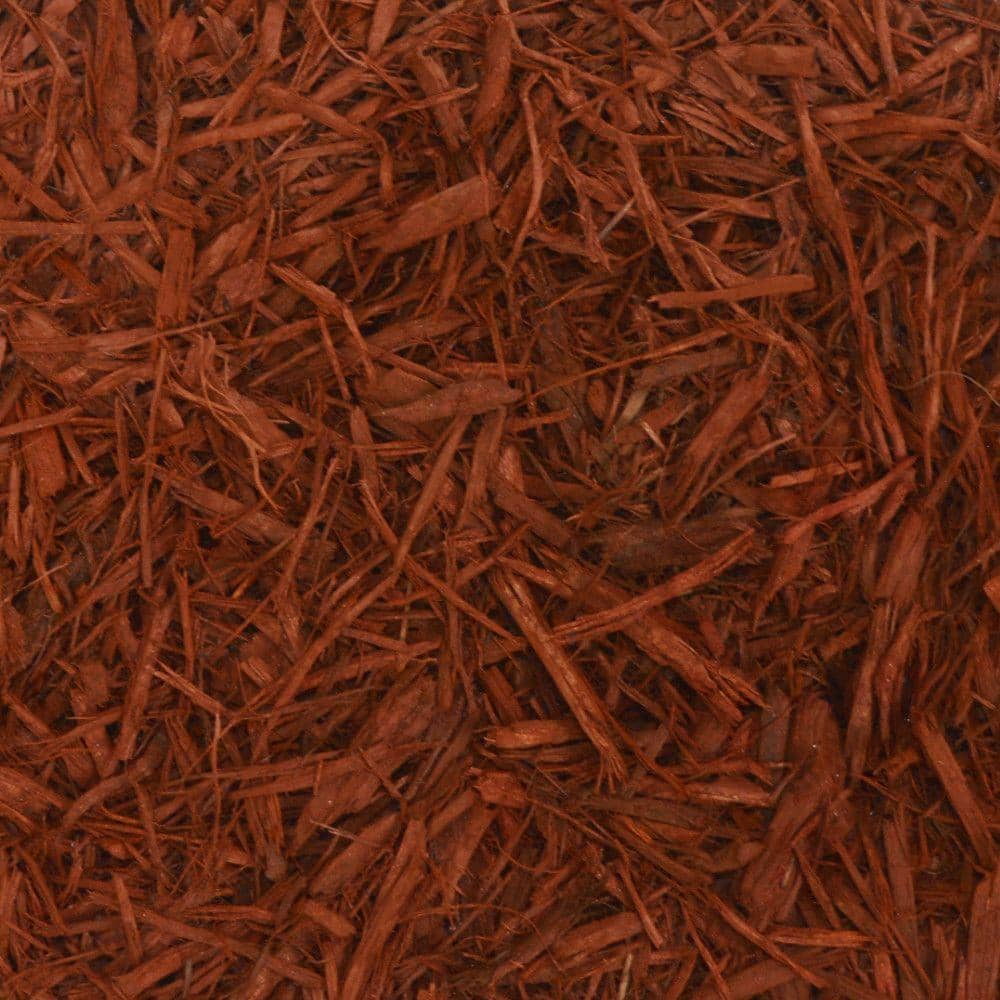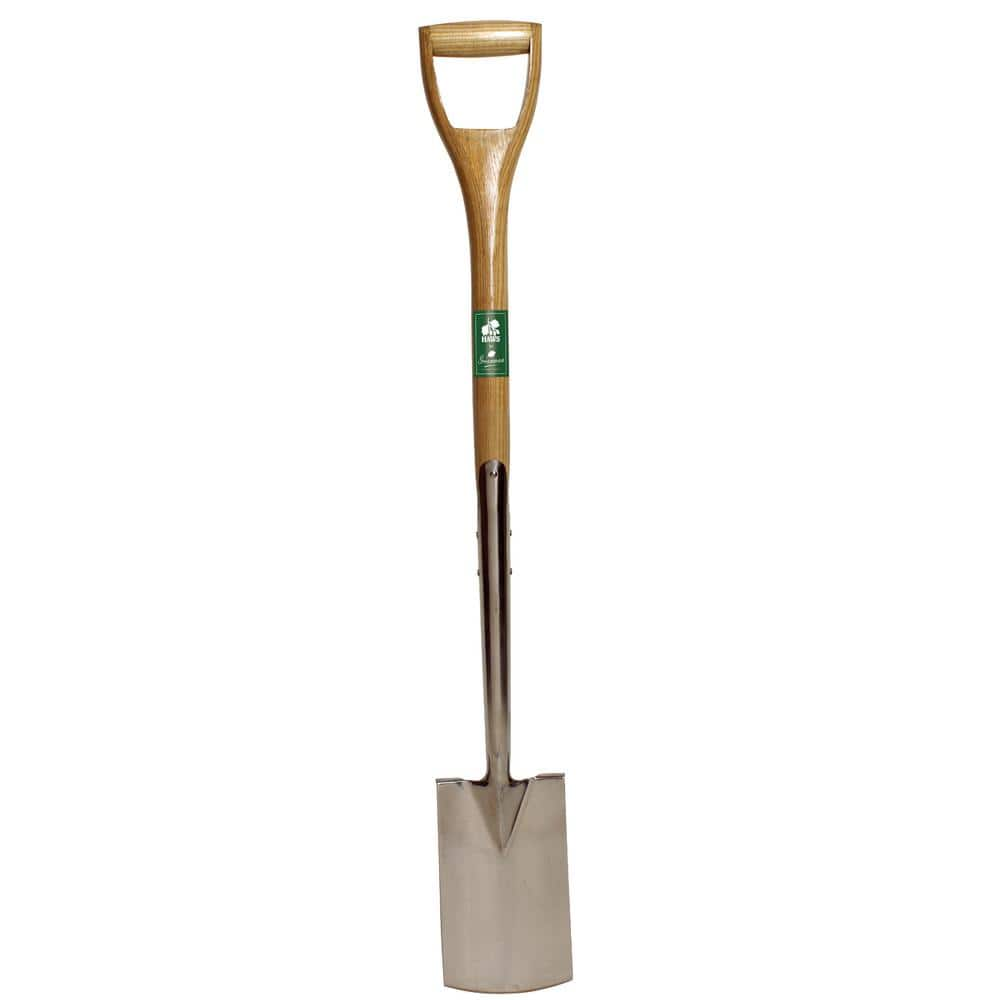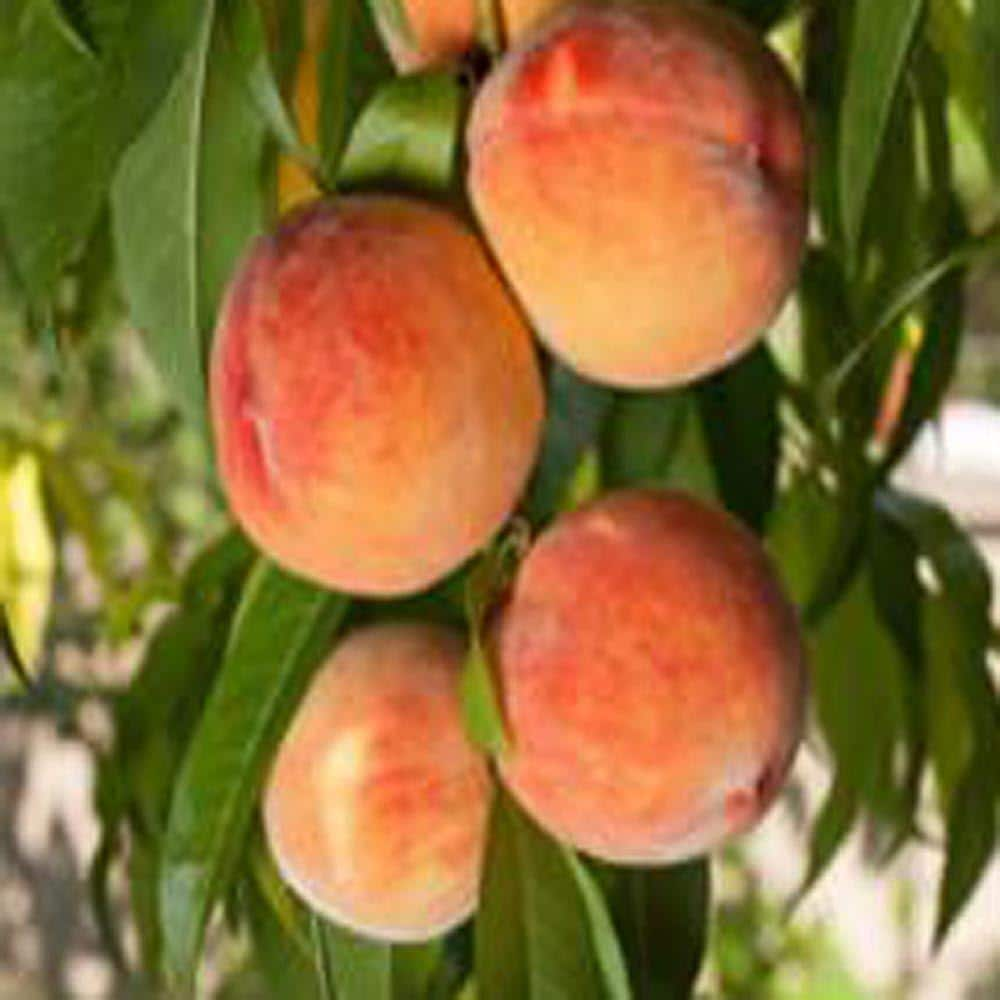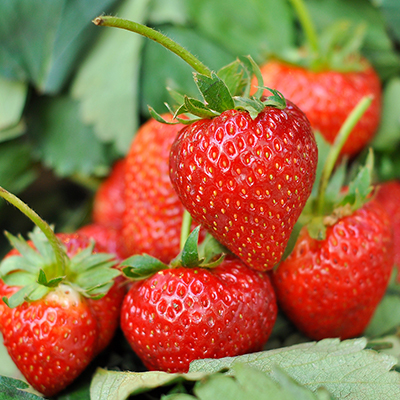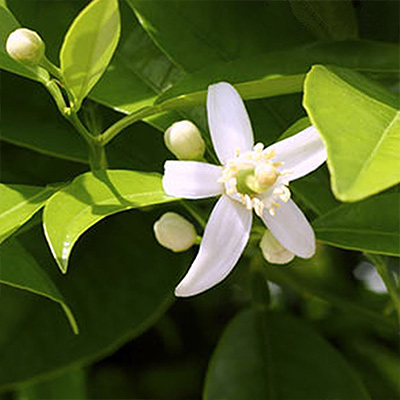How to Plant and Care for Fruit Trees

Last updated August 27, 2024
Fruit trees are more than pretty additions to your landscape—they attract pollinators and produce food.
There are three considerations to keep in mind when deciding on what type of tree is best for your yard. First, follow the lead of local farmers. If they have pear or cherry trees, then these varieties will most likely work for you as well. It's also important to choose trees that thrive in your growing zone. Finally, make sure you choose the right place to plant your tree.
This guide features steps to help you plant and care for fruit trees.
Table of Contents
Plan Ahead for Fruit Trees
Mature Tree Sizes
Select a Location to Plant Your Fruit Tree
How to Plant a Fruit Tree
How to Stake a Fruit Tree
Caring for Fruit Trees
Plan Ahead for Fruit Trees

Garden Centers have a large variety of fruit trees and usually stock only those that grow best in your area. Check out your USDA hardiness zone to make sure the trees you choose are right for your climate. Most fruit trees, except citrus, are rated for chill hours. The chill requirement is the amount of time a tree needs in weather under 45 degrees Fahrenheit to break dormancy and produce blooms. This number can be found on the tree's tag. The local Cooperative Extension Service can also advise you on the chill hour rating for your area.
For small gardens, look for self-fertile or self-fruiting varieties that eliminate the need for more than one variety tree for pollination.
Also consider disease and pest resistance when selecting fruit tree varieties. This information is found on plant tags and in plant descriptions online. Selecting resistant varieties means you'll spend less time spraying your trees to protect the fruit.
Types of fruit trees available from The Home Depot include:
- Apple
- Apricot
- Avocado
- Cherry
- Fig
- Grapefruit
- Kumquat
- Lemon
- Lime
- Nectarine
- Olive
- Orange
- Peach
- Pear
- Persimmon
- Plum
- Pomegranate
Keep in mind that selection will vary by season and region.
Mature Tree Sizes

Before you make your final selection, it’s important to keep in mind that trees can be quite large when they reach maturity. You’ll want to factor that into your selection process, how many trees you get, how far from your house you plant them and the spacing they need between them.
Dwarf trees are a great option for planting in your yard, because they’re smaller than the normal-sized adult trees they come from. But understand that they aren’t miniature trees. Many dwarf trees can get quite large.
When evaluating how far away from the house to plant any fruit tree, a good rule of thumb is to expect to place it at least 25 feet away from the foundation’s base. Some may need up to 50 feet.
For spacing, some fruit trees, like dwarf apple varieties, only need a minimum of around 8 feet between them. Others, like standard apple trees, need to be 30 feet away from their neighbors.
Find out the height and width your tree will be at maturity, and research the minimum spacing it needs. For fruit trees available at The Home Depot, you can find the expected height, width and minimum spacing needed in the Specifications section of each tree type on The Home Depot website.
Select a Location to Plant Your Fruit Tree

For the most fruit, you'll need to plant your tree in full sun, or a spot with at least 6 to 8 hours of sunlight each day. Abundant sunlight is important for fruit formation and development, and also good plant health. A place in your garden or landscape that stays wet increases the opportunity for disease.
When you select a site, look for hidden hazards like buried utility or sewer lines. Call utility companies to mark lines. Take time to think about whether the tree will outgrow its spot once it reaches maturity.
For best results, plant fruit trees in well-draining, loamy soil. You can even plant small fruit trees in deep raised beds.
Hilltops and south-facing slopes are warmer than low areas and northern slopes. They will offer more protection in early spring when freezing nighttime temperatures may damage flowering or fruiting trees.
How to Plant a Fruit Tree

For best results, plant a tree the day it’s delivered or purchased. Soak the bucket or tree roots in water for a few hours before planting.
Steps for planting a fruit tree:
- Dig a hole as deep as the root ball and twice as wide.
- Position the tree in the hole and comb out the roots.
If needed, clip away any dead or damaged roots. - Use native soil from the hole to build a water holding basin around the tree. This helps to retain water while the roots establish.
- Avoid the urge to supplement the soil with compost. Instead, allow the tree to acclimate to the existing soil, which is what it will have to do as it grows. You can supplement the tree with an organic fertilizer product to promote health while it's establishing roots.
- Mulch the tree with a few inches of pine straw or other organic material, being careful to leave a few inches of “breathing room” around the trunk. Avoid the "mulch volcano” effect, which is when mulch is built up around the trunk. This encourages unwanted pests and diseases.
How to Stake a Fruit Tree

Staking a fruit tree provides added stability to the tree, especially in windy climates or if planted where its trunk could be nicked by a lawnmower. The most important step is to remove the stake and ties when they’re no longer needed. Stakes and ties left too long on a tree will damage or kill the tree and ruin your fruit tree investment.
Steps to staking a fruit tree:
- Determine the number of stakes needed.
- Determine the spacing of the ties.
- Tie the tree.
- Drive the stakes into the ground.
Caring for Fruit Trees

An organic mulch like pine bark or pine straw protects fruit trees by helping them retain moisture while roots establish. New trees need frequent shallow watering up to four times daily during the first few months. Once established, use longer but less frequent waterings every few days for the first three months, and weekly for the first year and possibly after. This amount varies according to rainfall.
As the tree grows, increase the amount of water. Look for irrigation systems and special tree watering products like watering bags that make it easy to meet the tree's watering needs.
Trees also need fertilizer. A soil test can give more specific nutrient recommendations, but most trees will appreciate a balanced fertilizer spread over the roots in late winter or early spring. Alternatively, look for tree and shrub spikes that are an efficient, slow-release method for fertilizing your fruit tree.
Tip: Soil tests are available in the Garden Center and online. Low cost soil test options are available from your local Extension office, too.
How to Prune and Care for Your Fruit Tree

Prune fruit trees in late winter and early spring for shape and support. If the interior canopy is leggy and produces less fruit, prune the outer and top branches so that sunlight can reach the inner areas of the tree. Prune any time during the year to inhibit production or to eliminate diseased or damaged branches. Be sure to clean pruning tools after use to avoid spreading any disease between trees.
Tip: Antibacterial sprays and wipes can be used to keep your pruners clean.
Fruit trees will give years of value to your landscape. Look for varieties with high levels of natural resistance to pests and diseases. Start with varieties best suited for your area and plant only as many trees as you can maintain. Whether you need the right plants, tools or fertilizer, The Home Depot Garden Center has a variety of fruit trees to choose from. You can have online orders delivered when and where you need them.

